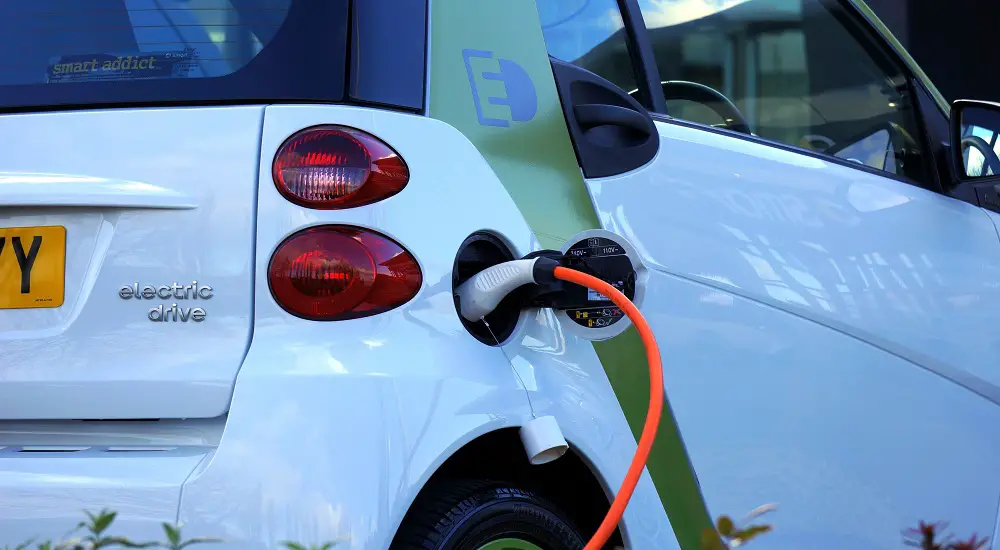According to the Department of Customs, over 13 thousand electric vehicles were imported into Nepal in FY 2081/82. The record EV imports are a testament to the growing popularity and acceptance of eco-friendly transport in the country.
In FY 2081/82, Nepal saw an entry of 13,578 units of EVs that included electric cars, jeeps, vans, etc. In FY 2080/81, a total of 11,701 EVs entered Nepal. It’s an increase of 1,877 units of vehicles year-on-year.
EVs are categorized according to their motor capacity, and it seems 51-100 kW EVs were the most imported. According to the data, 4732 units of EVs of up to 50kW of motor power were imported. These, in total, cost Rs 8 arba, 31 crore, 14 lakh, and 80 thousand, while the government generated over 3.59 arba in revenues.
Similarly, 7431 EVs of 51-100kW motor were brought into Nepal, which in total cost, Rs 18 arba, 68 crore, 8 lakh, and 14 thousand. The government collected over Rs 11.81 arba from these vehicles.
The more powerful 101-200kW motor-equipped 1362 EVs were imported worth Rs 4 arba, 53 crore, 45 lakh, and 30 thousand. It earned the government over Rs 3.85 arba in revenues.
Similarly, 42 units of electric vehicles (EVs) with capacities ranging from 201 to 300 kilowatts were imported. They cost Rs 27 crore, 84 lakh, and 87 thousand, while Rs 43.51 crore were generated as revenues.
Only 2 units of EVs of over 300kW capacity were imported. These two cost Rs 83.23 lakh and helped the government earn Rs 88.26 lakh in revenue.
Also: BYD Atto 3 Price in Nepal | Latest Update 2025
EV import summary in FY 2081/82
| EV Capacity (kW) | Units | Cost (NPR) | Revenue (Rs) |
| Up to 50 kW | 4,732 | 8,31,14,80,000 | 3,59,00,00,000+ |
| 51 – 100 kW | 7,431 | 18,68,08,14,000 | 11,81,00,00,000+ |
| 101 – 200 kW | 1,362 | 4,53,45,30,000 | 3,85,00,00,000+ |
| 201 – 300 kW | 42 | 27,84,87,000 | 43,51,89,000+ |
| Above 300 kW | 2 | 83,23,000 | 88,26,000+ |
EVs are becoming more popular than ever!
It remains an argument because fuel import has also increased in FY 2081/82. But it seems that EVs are only becoming more popular these days. Check out: Reasons to buy an EV in Nepal.
The fact that the charging stations are becoming more widely available, and so is the visibility of EVs on the road, means people are accepting the trend and the need for EVs. Going forward, we can only see the industry gaining further momentum on EV imports. But the government tax on EVs should be more progressive to cash in on the growing public affinity with the eco-friendly vehicles.
What will the market be like for EVs in FY 2082/83? Will these environment-friendly vehicles continue to be popular or see a loss in interest? Do share your opinion in the comment box below.



